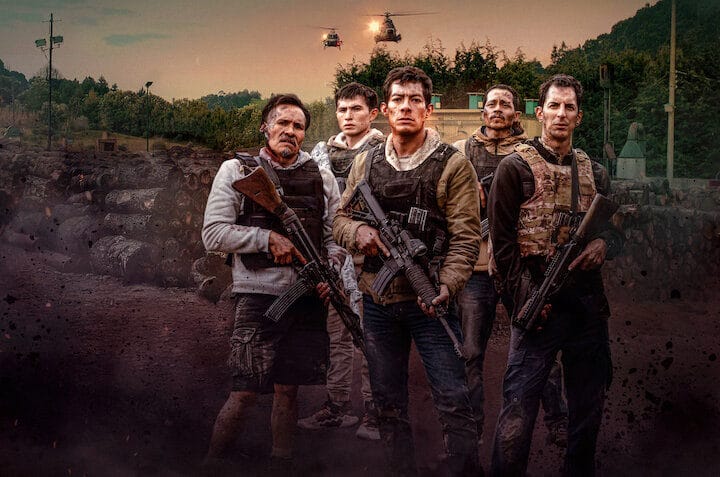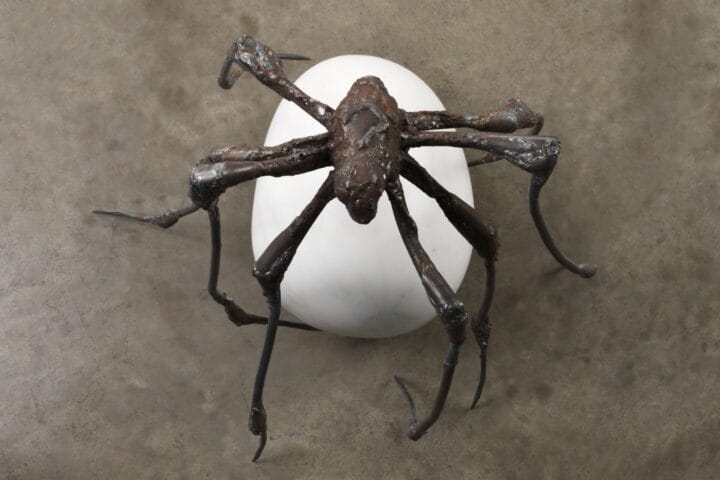(Mexico) – Galería RGR, Mexico City, is pleased to present a solo exhibition of Venezuelan art- ist Jesús Rafael Soto (1923-2005), a leading figure of Kinetic art, commemorating the centenary of his birth. The Instability of the Real, co-curated by Tatiana Cuevas and Paola Santos Coy, brings together historical works from the artist’s Estate (Atelier Soto) and spans over five dec- ades.
On view beginning February 7, 2023, the exhibition gathers historical works by one of last centu- ry’s most influential figures in Latin American and European art; and coincides with the gallery’s group presentation at Zona Maco.
The Instability of the Real includes early pieces such as Untitled (1958), Vibration blanche (1959) and L’aiguille (1961), in which Soto established the first optical relations between the elements and materials used in his works and includes a selection from the artist’s Escrituras and Ambiva- lencias series, through which he developed interactions between form, space and time. Thanks to the intense work that the Atelier Soto has undertaken during the past decade to recuperate and restore vintage works, the exhibition also presents Torre vibrante blanco y negro (1968) and Pénétrable (1992), last shown as part of Soto’s retrospective at the Serralves Foundation in Por- tugal, in 1993.
Soto’s practice transcended the static concepts of form and volume by formulating serial relation- ships between the elements that made up his work. He gradually integrated instability, vibration, and dematerialization processes to transfer the pictorial plane into the three-dimensional space. Soto’s pioneering perceptual experience of the artistic object, in which the spectator’s participa- tion is essential, began in the fifties and traced a path toward broader experimentation. Faced with a world in constant movement, as the critic Jean Clay made clear, Kineticism was not about “things that move” but the awareness of the instability of the real (“La Peinture est finie” Painting is finished, Robho, No.1, 1967). In today’s ever-changing world, Soto’s experimentation contin- ues to expose the tremendous speed with which we inhabit and perceive time and space.
Curators Tatiana Cuevas and Paola Santos Coy comment:
“It has been a privilege to return to Soto’s work on the centenary of his birth. In collaboration with the Atelier Soto in Paris, we brought together a selection that synthesizes the central ideas explored in the exhibition presented at the Museo Tamayo de Arte Contemporáneo almost twenty years ago. The Instability of the Real displays a succinct exploration through Soto’s re- search towards expanding the experience of the bidimensional surface of painting into the
three-dimensional space. It also offers an opportunity to experience the artist’s practice in an in- timate setting, emulating the way his works cohabited in early solo exhibitions during the sixties and seventies.”
About the oncoming exhibition, Galería RGR founder Ricardo González comments:
“We’re honored to organize such an important project we’ve been working on for over a year along the Estate of Jesus Rafael Soto in Paris. It is a privilege to have his early seminal works, a Pénétrable installation, and a very representative set of works belonging to Soto’s different se- ries and periods. Having Tatiana Cuevas and Paola Santos Coy as curators, whose expertise and experience with Soto’s work have been of crucial importance in the selection of the pieces, and the exhibition’s focus, allowed us to create a complete narrative on the outstanding achieve- ments of Soto’s career with a fresh view.”
Jesús R. Soto: The Instability of the Real coincides with Mexico City’s annual Zona Maco Art Fair (February 8-12, 2023), where the gallery exhibits a group booth including Carlos Cruz-Diez, Diego Pérez, Ding Yi, Elías Crespín, Felipe Pantone, Fernanda Fragateiro, Francisco Muñoz, GEGO, Jeppe Hein, Jesús Rafael Soto, Julio Le Parc, Magdalena Fernández, Matthias Bitzer, Oswaldo Vigas, Patrick Hamilton and Paul Muguet.
About Jesús Rafael Soto
Jesús Rafael Soto (Ciudad Bolivar, Venezuela 1923 – Paris 2005) was an influential and central figure of post-war global modernism. He studied at the Caracas School of Fine Arts and later relocated to Paris in 1950, where he became a part of the international group of artists that sought to renew the experimental art scene in the postwar. During his career, he developed a crucial role in redefining an artwork’s reach and social function, starting from investigating the space-time unit of an object. Soto is commonly associated with Op art and participatory art. His work is characterized by the continuous study of movement and the dematerialization of form, producing Kinetic constructions in which the spectator’s active role is vital. Soto was recognized with several honors, among them the National Plastic Arts Award of Venezuela in 1984, and the National Prize of Sculpture awarded in France in 1995.
Selected solo shows include: Taller Libre de Arte, Caracas (1949); Galerie Denise René, Paris, (1956 and 1967); Kunsthalle of Bern and at the Stedelijk Museum of Amsterdam (1968); Musée de la Ville de Paris (1969); Museo de Bellas Artes de Caracas (MBA, 1957, 1971 and 1993); Signals Gallery, London (1965); Galería Estudio Actual, Caracas (1969); Musée d’Art
Moderne de la Ville de Paris (1969); Museo de Arte Moderno de Bogotá (1972); Solomon Gug- genheim Museum, New York (1974); Museo Nacional de Arte Moderno, Centre Georges Pompi- dou, Paris (1979); Palacio de Velázquez, Madrid (1982); Museo de Arte Contemporáneo de Ca- racas (MACC, 1983); Musée du Jeu de Paume, Paris (1997); Centro Cultural Conde Duque, in Madrid (1998) and Visión en Movimiento, a major traveling retrospective that was presented at the Museo Tamayo in Mexico, at the Fundación PROA in Argentina and the Galleria d’Arte Moderna e Contemporanea in Bergamo, Italy (2005-2007). In 2019 the Guggenheim Museum Bilbao held a retrospective of his work.
About Galería RGR
Galería RGR was founded in 2012 and established in Mexico City in November 2018 by its founder Ricardo González. The gallery creates critical dialogues around international contempo- rary art production through its exhibition program, exploring abstraction as a base language.
It represents artists of historical relevance, such as Jesús Rafael Soto, Carlos Cruz-Diez, Julio Le Parc, GEGO, and Oswaldo Vigas, as well as contemporary artists from America, Europe, and Asia, such as Matthias Bitzer, Magalí Lara, Patrick Hamilton, Ding Yi, Elias Crespin, Mag- dalena Fernández, Diego Pérez, Francisco Muñoz, Felipe Pantone, among others.













